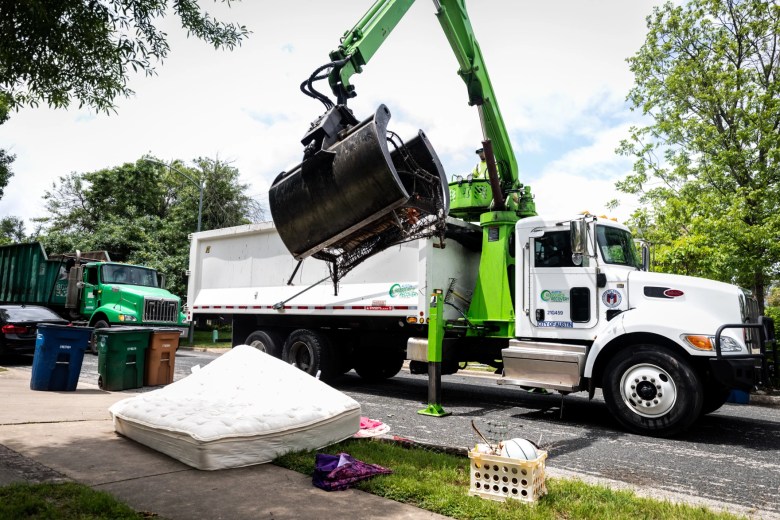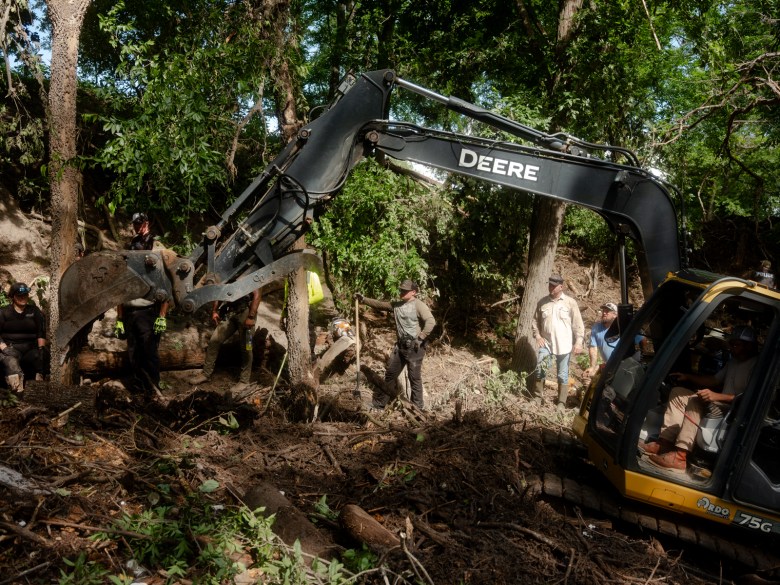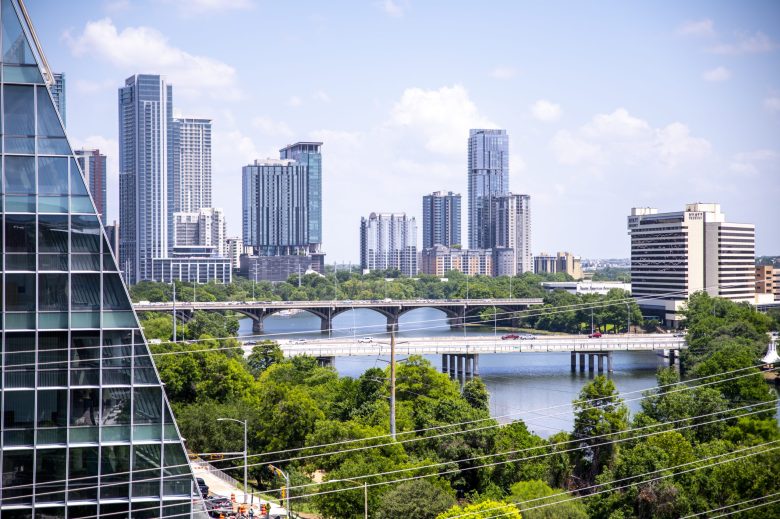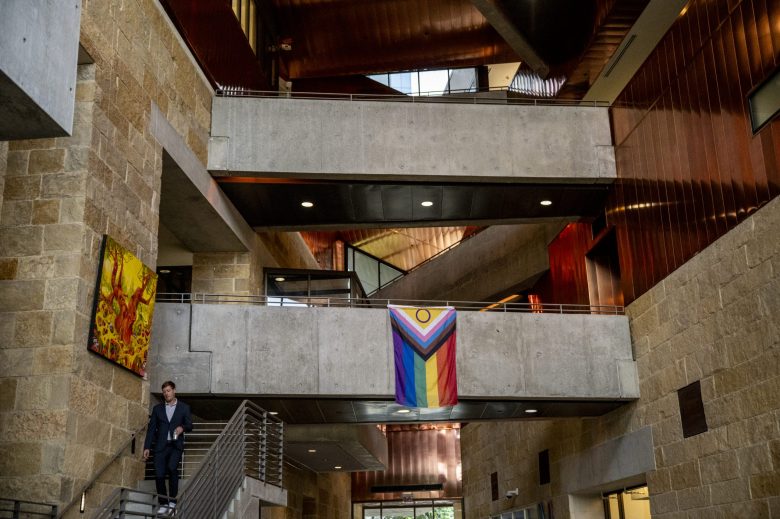Convention Center redevelopment explores options for two Downtown landmarks in its path
Austin officials are working feverishly to keep two historic buildings off their list of possible casualties as the city presses forward with plans to almost quadruple the size of its Convention Center.
The structures known as the Trask and Castleman-Bull Houses, which are situated directly across Red River from the current Center, are accustomed to the demands of reconstruction, having been relocated to their current site in 1991 and 2001, respectively. In order to make room for a brand-new district chilling facility for the $1.6 billion project, the 175 and 152-year-old residences will now have to relocate once more.
In the process of determining how to preserve these structures, there have been many ups and downs and detours, according to Kim McKnight, manager of the Historic Preservation Division. The Council has given us very clear instructions to take whatever action is required to resolve this and remove the historic designation as a barrier.
At first, moving to Pioneer Farms, an educational institution where the houses would be used as reminders of 19th-century living in Downtown Austin, was the greatest option. However, architects from LMN/Page presented an ambitious new idea at the Historic Landmark Commission meeting last week that would see the houses temporarily moved before reintegrating into the project’s landscape.
If all goes according to plan, the Castleman-Bull House would be reoriented slightly to face the Waterloo Greenway Trailhead and return to its current location along Waller Creek. The Trask House would have to make the lengthier trip to its new location, which is now planned to frame new pedestrian facilities in the southeast corner of the project, close to the intersection of Red River and Cesar Chavez streets. The team intends to erect interpretive signage to show the historic context of the landmarks after they have been moved.
According to project architect Ginny Chilton, the Convention Center wants to use an interpretative visioning approach to tell the tale of these two residences. In order to properly activate and engage them as live components of our city once more, there would be a public passage through this landscape.
First, however, due to the project’s tight schedule, the structures will have to be moved to a temporary site as early as this October. Although designs are still pending, staff are interested in a location close to the residences’ current position just north of Third Street.
When plans to demolish popular public artwork at the current Convention Center were halted by a last-minute donation to fund its preservation and relocation elsewhere earlier this year, the project barely avoided a significant setback. Nevertheless, the project’s exorbitant cost has continued to draw criticism from individuals who believe that the city’s Hotel Occupancy Tax cash would be better utilized to support legacy companies and struggling NGOs through the current cultural grant programs.
In order to set the foundation for the anticipated move, commissioners unanimously approved the rezoning and certifications of appropriateness. Staff acknowledge that a number of practical elements need to be worked out, so the transfer is by no means finalized.
According to Riley Triggs, supervisor of capital delivery services, “a lot of work has been done in the last few months to come up with a plan to most appropriately situate these historic buildings within the context of the city.” The Trask House and Castleman-Bull House have found themselves in the path of this very large, fast-moving, and complex project. Even though we haven’t had much time to consider this, the process has been intense and thoughtful.
Community donations enable the work of the Austin Monitors. Even though we occasionally publish on funders, we take pains to ensure transparency by keeping editorial and business activities apart. Our code of ethics is described here, and a full list of donors may be seen here.
And we are thrilled that you trust us with important, in-depth news. You are aware that local and committed watchdog reporting is essential to a healthy community. We will always be here to support you. Will you now support our nonprofit news organization and take the bold next step?








